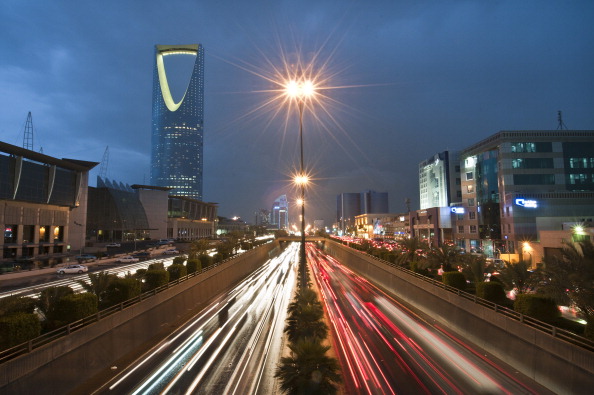Global Islamic Banking Assets To Hit $1.8 Trillion In 2013
Saudi is currently the world’s largest market for Islamic assets, says new report by Ernst &Young.

Saudi Arabia is emerging as the largest market for Islamic assets, according to a new report by Ernst & Young.
According to the report, Saudi Arabia, with an estimated $207 billion of Islamic assets in 2011, was ranked first in the world.
Malaysia was ranked second with total assets of $106 billion and UAE ranked third with total assets of $75 billion.
The top 20 Islamic banks hold over 57 per cent of global Islamic banking assets, and registered a growth of 16 per cent in the last three years, said E&Y.
Ashar Nazim, partner, Global Islamic Banking Center of Excellence at E&Y said: “The top 20 Islamic banks are concentrated in the seven core markets for Islamic banking which include: Saudi Arabia, Kuwait, UAE, Bahrain, Qatar, Malaysia and Turkey.”
The report also found that global Islamic banking assets held by commercial banks are set to cross $1.8 trillion in 2013, up from the $1.3 trillion of assets held in 2011.
New markets including Indonesia, Egypt, Iraq and Libya are now actively looking at establishing Islamic banking frameworks.
However, despite the projected asset growth and the introduction of new Islamic initiatives, the profitability of Islamic banking continues to lag behind that of conventional banking in the same markets, the report said.
According to E&Y, Islamic banks face a number of challenges including sub-scale operations, a very basic risk culture, incomplete market segmentation, limited engagement with clients, and an absence of technologically oriented value propositions.
While steps are being taken to address these issues, more needs to be done.
“Discussions with management and boards of leading Islamic banks suggest that major transformation is happening around regulations, risk and retail banking. This transformation is geared towards efficient capital planning, risk modeling, mitigating Shari’a risk and building customer centric organizations,” said Ashar.
“There are also meaningful developments on the regulatory front although a lot more needs to be done to create the right enabling environment for Islamic banks to implement the reform agenda,” he added.
According to E&Y’s report, if the transformation is successful, Islamic banks’ profits will increase an additional 25 per cent by 2015.
